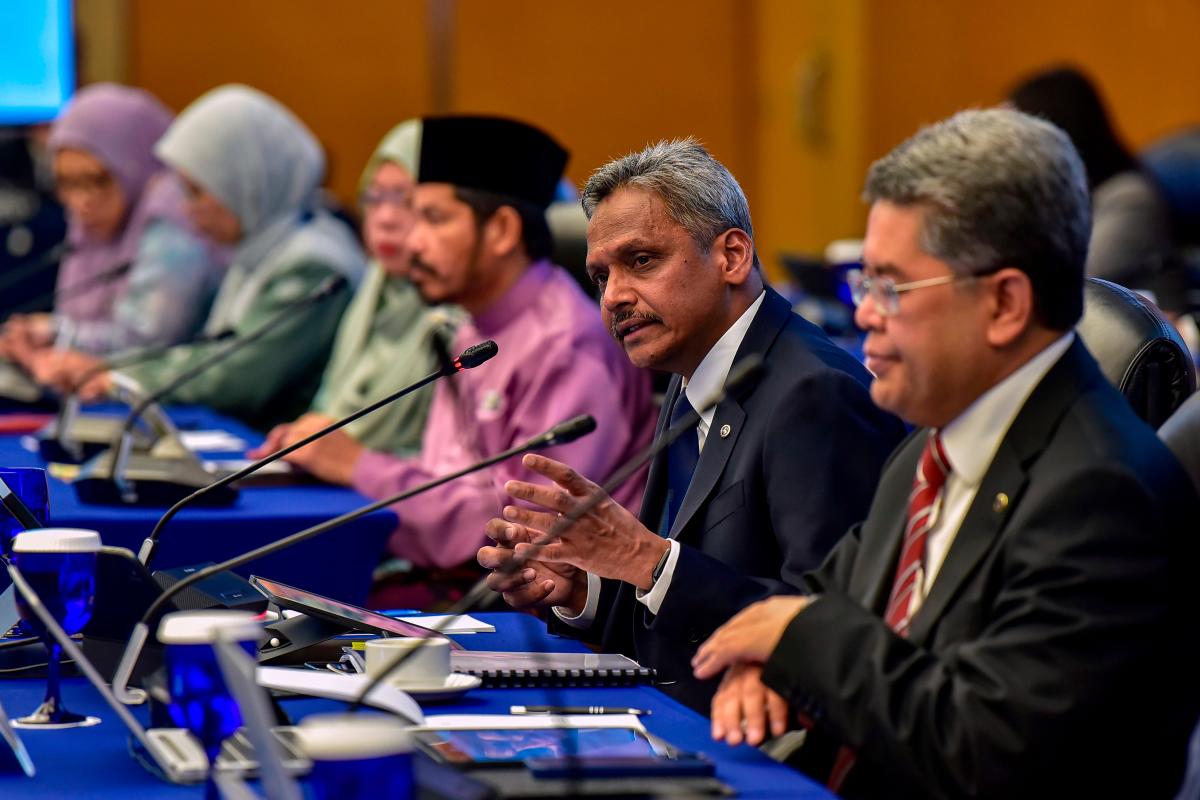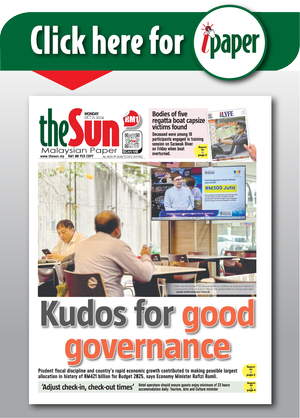KUALA LUMPUR: Ongoing investments in data centres are expected to boost Malaysia’s export capacity from the second half of 2025, despite a temporary increase in imports, said Bank Negara Malaysia (BNM) governor Datuk Seri Abdul Rasheed Ghaffour.
He explained that the spike in imports is mainly due to the building and upgrading of data centres.
“Our workforce and machinery are strong, which is positive. We are increasing our productivity and export capacity for the future,” he said at a press conference today on Malaysia’s second-quarter economic performance.
Some data centres have already begun serving overseas clients, an encouraging early sign.
“While the benefits might be modest now, these investments will pay off by boosting Malaysia’s ability to earn from exports in the future, especially in the second half of the year and beyond,” he added.
BNM reported that Malaysia’s economy grew 4.4% year‑on‑year in Q2 2025, matching the performance of the first quarter and slightly below the 4.5% forecast. On a seasonally adjusted quarter-to-quarter basis, growth was 2.1%, up from 0.7% in the first quarter.
The central bank has revised its full-year GDP growth outlook to 4.0%–4.8%, down from the earlier 4.5%–5.5% range, citing global trade uncertainties.
BNM cut interest rates in July for the first time in five years to forestall economic headwinds.
Inflation has remained tame, with consumer prices in June rising just 1.1% year‑on‑year, the slowest pace in over four years.
Abdul Rasheed noted that while exports faced challenges, including a 19% US tariff on Malaysian goods introduced earlier this month and a potential 100% tariff on semiconductors, there are still sources of strength.
Rising global demand for electrical and electronic goods, along with a rebound in tourist arrivals, is expected to support exports moving forward.
Meanwhile, Malaysia’s current account surplus narrowed sharply in Q2 to RM16.7 billion (0.1% of GDP) from RM38.5 billion (3.4% of GDP) in Q1. The drop was mainly due to planned maintenance at oil and gas facilities, which pushed exports lower.
Oil and gas exports fell to RM16 billion, down from RM20 billion, while LNG exports were worth over RM5 billion.
LNG exports rose 4.3% from May to June, as most maintenance work was completed. This should help lift the current account balance in the second half, with the full-year surplus still expected to land within the 1.5%–2.5% of GDP range.
Foreign direct investment also cooled significantly, with net inflows in Q2 falling to RM1.6 billion from RM15.6 billion in Q1.
While fresh equity injections totalled RM8.6 billion and debt instrument inflows added RM5 billion, these were more than offset by RM12 billion in reinvested earnings outflows as multinational corporations repatriated profits.









